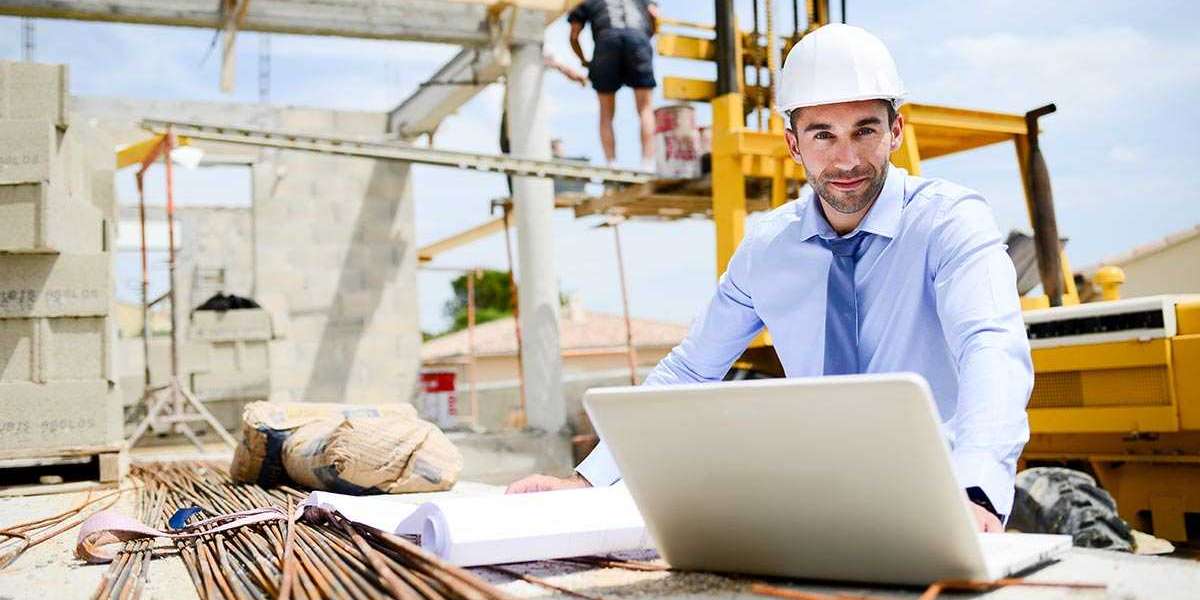Contingency budgets: Allocating a portion of the budget to deal with unexpected costs that may arise from unforeseen risks.
Communication protocols: Setting up clear lines of communication among stakeholders to address risks promptly.
Monitoring and auditing: Regularly reviewing the risk management plan to ensure it is being adhered to and to identify any emerging risks that may require attention.
Implementing these measures requires close coordination between the construction manager, contractors, and all other project stakeholders to ensure smooth execution.
5. Monitoring and Reviewing Risks
Risk management is not a one-time activity; it’s an ongoing process. Throughout the construction project, risks must be continuously monitored and assessed. New risks can emerge, and existing risks may change in severity. The project manager needs to continuously review risk management strategies and make adjustments as needed.
For example, if there’s a delay in the delivery of materials, the project manager may need to reassess the timeline and allocate additional resources to maintain progress. Likewise, if new safety concerns arise, they may need to be addressed through additional training or site adjustments.
Regular risk audits and reviews ensure that the project remains on track and that stakeholders remain informed about potential issues.
The Benefits of Risk Management in Construction Project Planning
Incorporating risk management into the planning phase of construction offers multiple advantages:
Improved Project Outcomes: By addressing potential problems before they occur, risk management helps ensure that the project is completed on time and within budget.
Reduced Costs: Early identification and mitigation of risks can prevent costly delays, litigation, and rework, leading to a more efficient use of resources.
Better Resource Allocation: Risk management allows project managers to allocate resources more effectively, ensuring that the most critical areas of the project receive the necessary attention and resources.
Increased Stakeholder Confidence: A well-developed risk management plan increases client and investor confidence by demonstrating that potential risks have been anticipated and are being actively managed.
Conclusion
Risk management is an indispensable part of construction project planning. It enables construction managers to foresee potential challenges, devise strategies to mitigate them, and ensure that the project progresses smoothly. The process of identifying, assessing, and managing risks not only improves the chances of completing the project on time and within budget but also enhances the overall safety, quality, and success of the build. By incorporating robust risk management practices into the project planning phase, construction professionals can ensure that their projects are set up for long-term success, reducing the likelihood of costly mistakes and enhancing project outcomes.







